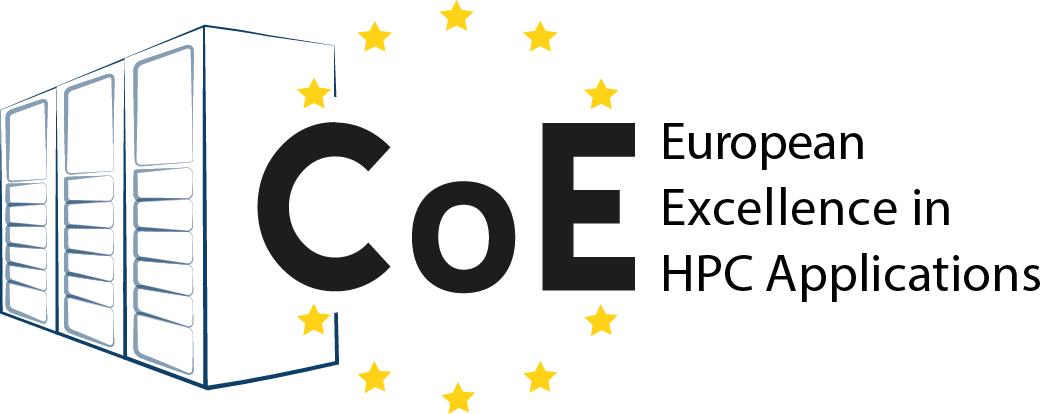ESiWACE success story: Improving weather and climate forecasting with a new NEMO configuration
Highlighted Centre of Excellence

ESiWACE, the “Centre of Excellence in Simulation of Weather and Climate in Europe” has been funded by the European Commission to substantially improve efficiency and productivity of numerical weather and climate simulation. Overall, the Centre of Excellence prepares the European weather and climate community to make use of future exascale systems in a co-design effort involving modelling groups, computer scientists and HPC industry. .
Organisations & Codes Involved:
![]() Atos Center for Excellence in Performance Programming (CEPP) provides expertise and services in High Performance Computing, Artificial Intelligence and Quantum Computing.
Atos Center for Excellence in Performance Programming (CEPP) provides expertise and services in High Performance Computing, Artificial Intelligence and Quantum Computing. LOCEAN laboratory, part of the CNRS-IPSL, conducts studies on the physical and biogeochemical processes of the ocean and their role in climate in interaction with marine ecosystems.
LOCEAN laboratory, part of the CNRS-IPSL, conducts studies on the physical and biogeochemical processes of the ocean and their role in climate in interaction with marine ecosystems.![]()
CERFACS research center is specialized in modelling and numerical simulation, through its facilities and expertise in high-performance computing.
CHALLENGE:
A key model for weather and climate comprehension is NEMO (Nucleus for European Modelling of the Ocean), a modelling framework for research activities and forecasting services in ocean and climate sciences. NEMO is used by a wide variety of applications at global or regional focus, with different resolutions, different numerical schemes, parameterizations and therefore with different performance constraints. The technical challenge here was to find a way to ease the profiling and benchmarking of NEMO for its versatile uses in order to increase the performance of this framework.
SOLUTION:
In response to this challenge, ESiWACE has developed a new configuration, adapted to HPC benchmarking, that is polymorphic and can very simply reproduce any use of NEMO.
Thanks to a close collaboration between the Atos CEPP, LOCEAN and CERFACS, a dedicated configuration of NEMO to ease its profiling and benchmarking has been set up.
Many tests of this configuration, including large-scale experiments on the Atos Bull supercomputers at Météo France and CEA’s Very Large Computing Centre (TGCC) have been performed. This resulted in several optimisations improving the performance of the NEMO code in this configuration by up to 38%.
The open source NEMO 4.0, which was released in 2019, benefited from this work and included the following improvements: an automatic MPI sub-domain decomposition, and a rewriting of the communication routines with an optimisation of treatment of the North pole singularity.
Business impact:
Some of the NEMO uses such as weather or climate forecasts are among the key challenges our society must address. Improvements of NEMO numerical performance allow to refine model results, to reduce forecast uncertainties and to better predict high-impact extreme events, thus saving lives. On Earth the Ocean has a huge impact on the atmosphere. Thus, NEMO is widely used coupled with atmospheric models. For example, it is used to simulate ocean eddies, temperature and salinity that play a key role in cyclone intensity and trajectory forecast. Therefore, business impacts of improving NEMO may be indirect but there are significant as they concern everyone and all kinds of companies and entities.
This work benefits society by improving the efficiency and productivity of numerical weather and climate simulation and by preparing them for future exascale systems. It fosters expertise exchanges which enable researchers and industry to be more productive, leading to scientific excellence in Europe, through direct and tight collaborations.
Benefits for further research:
- Simplified profiling and benchmarking of NEMO at different scales to find the most relevant optimisation paths.
- Up to 38% efficiency and scalability increase of NEMO with the optimized configuration on HPC systems.
- Reduction in time/cost of ocean simulations for both research and production purpose improving weather and climate predictions, allowing to protect property, interests and saving lives.

